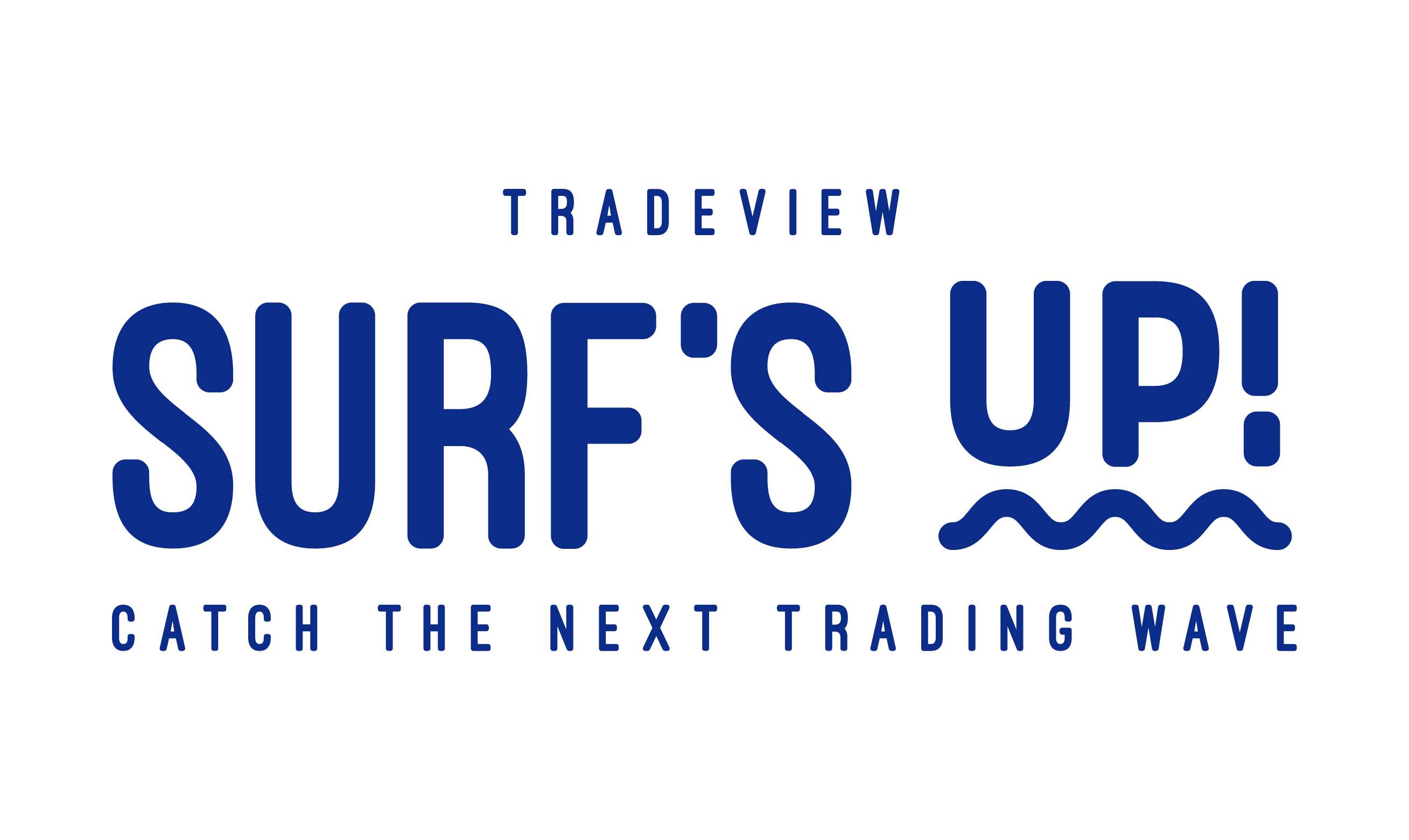In the world of trading, there are many choices you will make. How much should you risk per trade? Which market is the best at any given time? How far should your stop loss be set? However, before answering any of these questions, you must make one of the most important decisions: Which trading platform should …
MetaTrader 4 Vs. MetaTrader 5

In the world of trading, there are many choices you will make. How much should you risk per trade? Which market is the best at any given time? How far should your stop loss be set?
However, before answering any of these questions, you must make one of the most important decisions: Which trading platform should you use? In fact, as is the case with MetaTrader, you may even need to choose between different platform versions.
Entonces, ¿cuál es la mejor plataforma de todas las ofertas que existen?
La respuesta a esa pregunta no es fácil. Varias opciones vienen inmediatamente a la mente. Desde cTrader hasta Sterling, y aplicaciones como Ninja trader. Sin embargo, MetaTrader normalmente se considera el estándar de oro.
En esta guía, veremos las dos iteraciones de MetaTrader y analizaremos por qué ambas se han vuelto tan populares entre los comerciantes minoristas e institucionales por igual.
Differences between MT4 and MT5
Pros and Cons of Metatrader 4 and Metatrader 5
MetaTrader software was developed by MetaQuotes in 2005. As the world turned towards digitalization, financial markets went online. This increased the demand for online-based trading software.
MetaTrader became popular due to its user-friendly trading interface. Online brokers at the time adopted and licensed the technology. It continues to dominate the market to this day.
Most brokers across the globe offer some version of the MetaTrader software, either MT4 or MT5.
There are also mobile versions of the software, which allow traders to trade while on the go.

MetaTrader 4 (MT4)
Released in 2005, MT4 is undoubtedly the most popular platform. MetaTrader4 is a forex trading platform used by most retail traders. This platform includes all elements that a brokerage house should offer.
MetaTrader terminal allows traders to have a flexible trading environment, mobility, availability of trading tools, and indicators, among other features. Some statistics indicate that around 90% of retail forex traders use the MetaTrader 4 platform.
So forex brokers with MT4 functionality dominate the retail currency markets. This truly is a case of not fixing something that isn’t broken.
The greatest feature of MT4 is its MarketWatch. A place where traders are able to see the list of available assets for a particular broker.
In addition to this, MT4 gives traders free technical analysis by using indicators and trend lines. That is why the platform also offers algorithmic trading and trade copier services.
MetaTrader 5 (MT5)
MetaQuotes released MetaTrader5 in 2010. By principle, it’s the same as MT4 as it comprises the same user functionalities and basic tools.
MT5 came out in 2010, five years after MT4. It is MetaQuotes’ latest trading platform. Most brokers around the world offer an iteration of the software in their offering.
MT5 is described as an all-in-one solution. In part because MT5 offers multi-asset trading, an array of tools as well as a modern look with the ability to open hundreds of charts.
There are various types of MT5 forex brokers. Many don’t utilize the platform but can be used for assets beyond forex and CFDs.
Differences between MT4 and MT5
The main difference between MT4 and MT5 (in Tradeview’s case) is that traders are able to trade on exchange or “real” equities on MetaTrader 5, rather than just CFDs on stocks.
Typically on both MT4 and MT5, brokers only allow users to trade via CFDs. However, it should be mentioned that Tradeview has been offering real on-exchange stock trading for several years. As the pandemic has heightened the demand for stocks, this has been a very popular offering.
Traders are able to access equities listed on the major indices in the United States, this includes indices from Tesla, Facebook, Amazon, Gamestop, and even recent additions like Coinbase.
For Forex traders, both platforms provide access to over 300+ currency pairs, with commodities and Cryptocurrencies also available.
Related: Get better results by following MetaTrader tips.
Pros and Cons of Metatrader 4 and Metatrader 5
MT4
Pros:
- MT4 is suitable for retail traders who seek access to CFDs in all currency pairs.
- Multi-device functionality like Windows, Mac, Linux, Android, and iOS.
- User-friendly interface.
- Technical trading indicators.
- Access to expert advisors.
Cons:
- MT4 does not provide a custom timeframe in its trading platform.
- Traders cannot enjoy automated trading through the web trading platform.
MT5
Pros:
- State-of-the-art encryption ensures a high level of security.
- Backtesting and copy trading features.
- The messaging segment enables real-time contact between the broker and its clients.
- On-exchange equities.
Cons:
- No hedging.
- MT5 is made up of a new code. Custom programs created for MT4 need to be rewritten for MT5.
Both platforms are robust and user-friendly for traders at any level. From the pros who want to use expert advisors, or even create their own robots, to beginners who simply want to draw support and resistance lines. MetaTrader softwares can provide the tools you need.
Before opening a live account, you are invited to test out a Tradeview demo account. Feel free to download this here.






